The firm apricot, just beginning to turn pale yellow with pink blushes, has a tartness that causes my face to scrunch when I bite into it. The middle has a subtle hint of bitter almond near the stone, where the kernel is hidden. The sweetness comes at the end, undaunted by the other flavours. Then I reach up and pick another one straight from the tree in my parents' garden. This is the moment I think of when I eat the first apricots of the season, no matter where I am.
Then I think of dumplings.
For years, I didn’t need a recipe for apricot dumplings or their late summer version: plum dumplings. At home, we just made them. All three of us in the kitchen: Mum, my sister, and I. We split into little work sections automatically, each with her own tasks. We didn’t get the recipe from a book or write anything down. We mixed the flour with the potatoes into a soft dough, removed the stones from the apricots, and took out the cinnamon and caster sugar from the pantry. Put a pan with water on the stove. Melted butter in a large frying pan to toast the breadcrumbs.
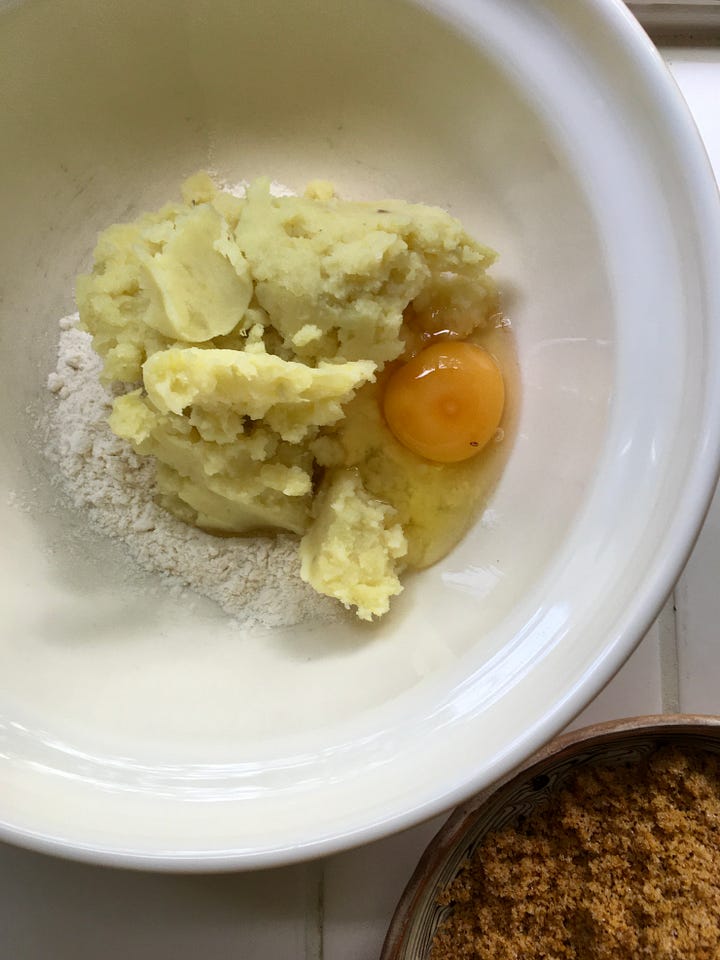
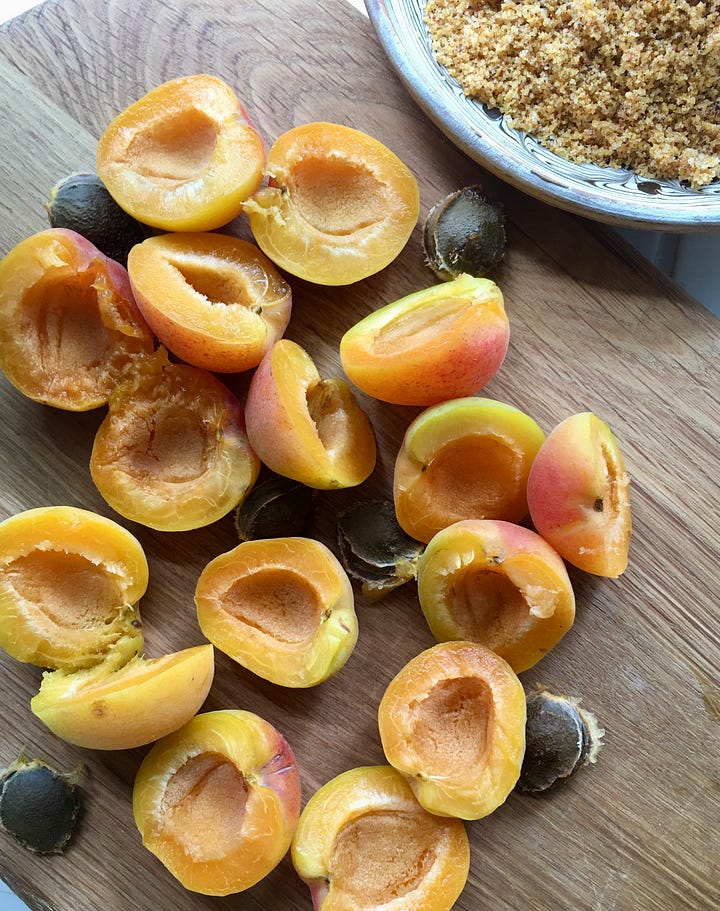
I don’t remember being told what to do, just what to look for: slightly sticky dough, gently simmering water, golden toasted breadcrumbs, and dumplings rising to the surface.
The first ones ready were for testing: molten, jammy apricots inside, bursting with flavour on my tongue where they met the breadcrumbs and steamed dough. It was a combination that would keep you hooked on for life: sweetness, tartness, crunchiness and softness. All in one bite.
An unspoken rule of life
Making apricot dumplings was a part of our lives in the summer, like a rule of the season. Summer and apricots equalled dumplings. Just like that. It was one of those things that happened every year without us thinking about it too much. A routine.
It was only after I moved to the UK that I began to realise how much I had taken for granted and how those unspoken and undocumented rules of my life in the kitchen were truly important.
So here is a recipe, which is similar to the one for Plum Dumplings in my dessert book, ‘Tava’.
Ingredients
Make 16
500 g potatoes, diced
1 tablespoon sunflower oil
1 medium egg, beaten
130 g plain flour, plus extra for dusting
16 small apricots, cut in half and pitted
For the coating
40 g unsalted butter
150 g breadcrumbs
80 g caster sugar
1 pinch of salt
2 teaspoons ground cinnamon
Method:
In a large pan, boil the potatoes until soft. Drain and return them to the pan over a low heat to evaporate as much water as possible. Add the oil and mash them with a fork. Set aside to cool completely.
Meanwhile, prepare the breadcrumbs by heating the butter in a large frying pan. When it reaches a deep golden colour, add the breadcrumbs and cook for 10 minutes, stirring often. Be careful, as they can burn very quickly. Remove from the heat and allow to cool, then stir in the sugar, salt and cinnamon. Spread the mixture over a shallow plate.
When the potatoes have cooled, add the egg and flour and knead briefly by hand. The dough will be rather soft and sticky, but this is what makes the dumplings light and fluffy. Flour your workspace and your hands generously, and gently roll the dough into a log, 50 cm long. Divide it into 16 pieces. Keep flouring your palms and fingers lightly.
Take one piece of dough and press it into a circle in your palm. Stick together two apricot halves and place them in the middle of the disc, seal the dough around them well, then roll it between your palms. Place on a baking sheet and repeat with the rest.
Bring a large pan of water to the boil, then add the dumplings in batches and simmer for up to 10 minutes. When ready, they should rise to the surface of the water. Use a slotted spoon to remove them, then roll them gently in the breadcrumbs.
Arrange on a large plate and serve warm or cold.
The eating goes on
I speak from experience when I tell you you won’t be able to stop at one dumpling. They come in pairs anyway :-) Plus, if you are the cook, then the first one will be to test if they are good. Quality control. The second one is to see if the quality is consistent. The third and fourth, for the reason I mentioned above, are the actual dessert. By this time, I usually feel full and in a sort of happy haze, but if there are any left, I go half and half with my husband. Those are the real treats, and I eat them mindfully because there, in 3-2-1 bites, there comes the real end. The end of the game. The empty plate.
Our culinary tour in Transylvania is fast approaching
Join us and get your camera ready. The Saxon villages are bursting with amazing textures and colours. I'm constantly snapping photos with my camera and phone when I’m there. Once you start looking closely, you'll find something worth photographing at every turn.
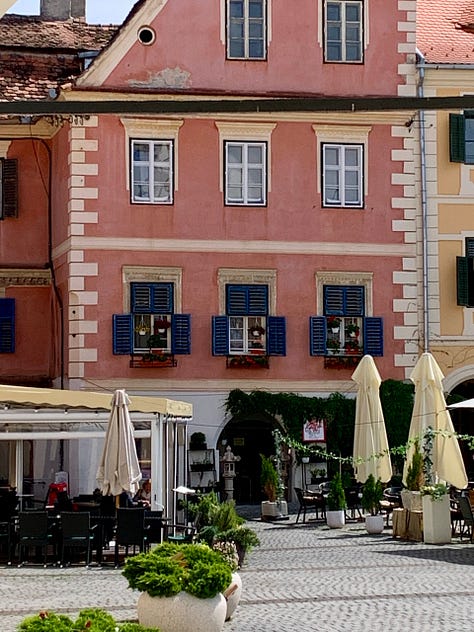

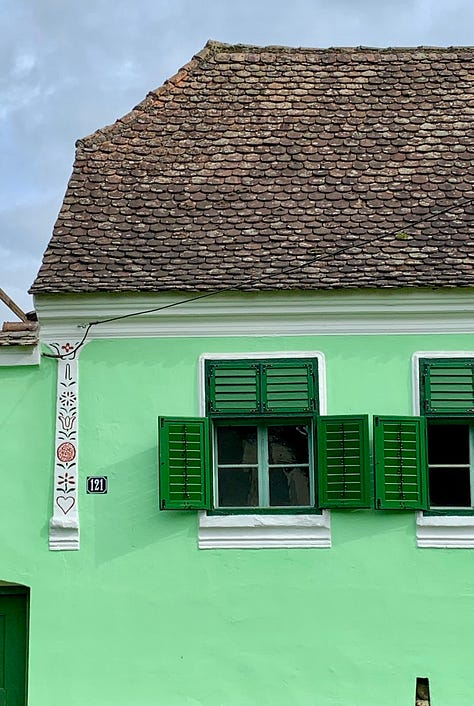
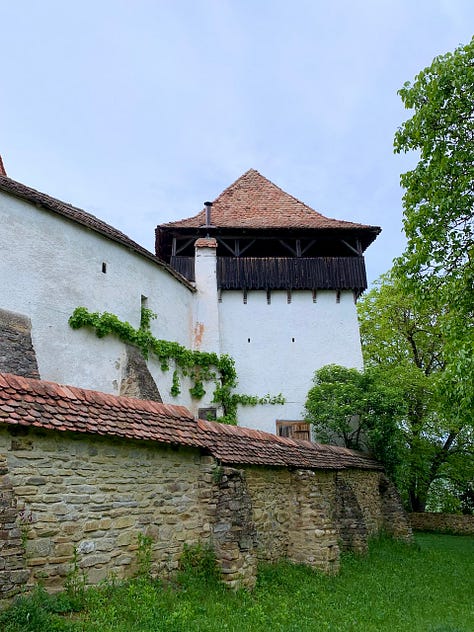
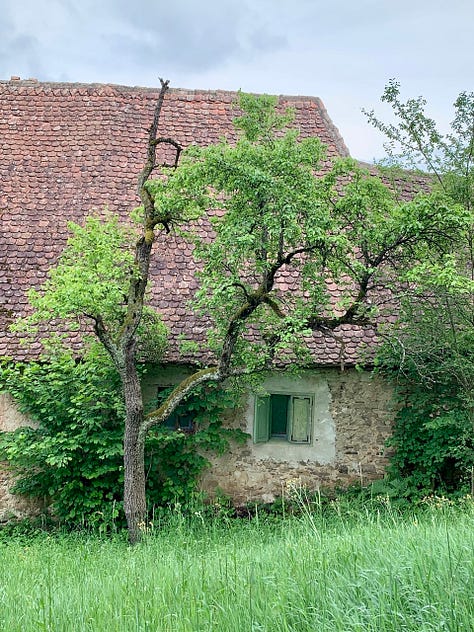


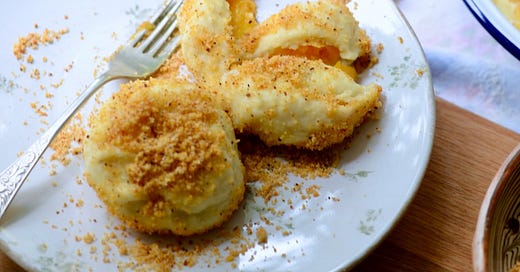



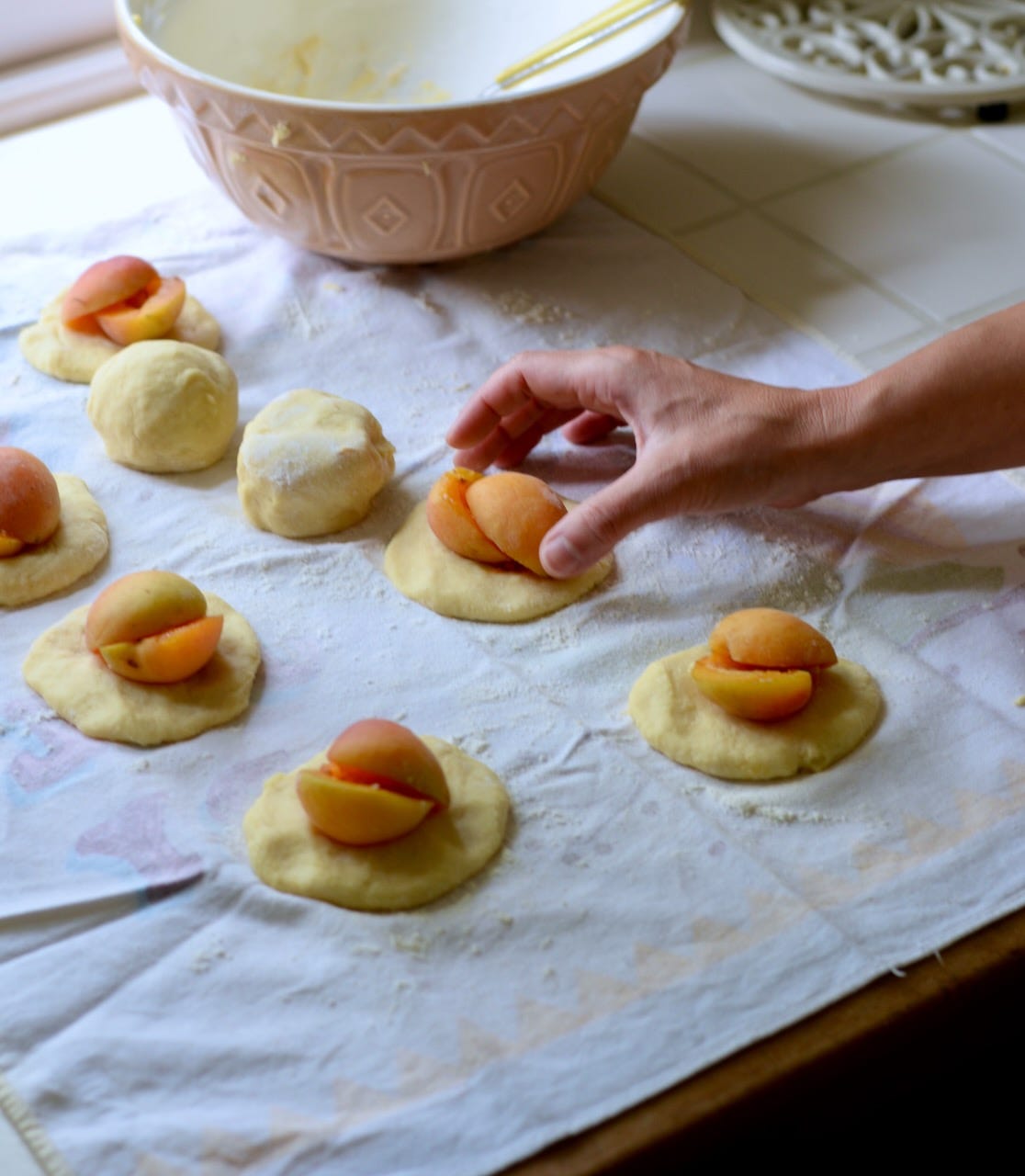
This is amazing, in a western part of Ukraine, Carpathian mountains region, we make those with plums only. And we also serve them with sour cream in addition to butter+breadcrumbs mixture.
These look delicious!